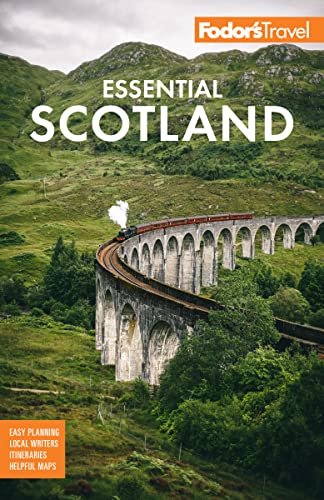Clans and Tartans
The Scottish clans have a long and varied history. Some clans claim Norman roots and later married into Celtic society; others were of Norse origin, the product of Viking raids on Scotland; while others still may have been descended from Pictish tribes. Whatever their origins, by the 13th century the clan system was at the heart of Gaelic tribal culture. By the 15th century clan chiefs of the Scottish Highlands were even a threat to the authority of the Stewart monarchs. The word clann means "family" or "children" in Gaelic, and it was customary for clan chiefs to board out their sons among nearby families, a practice that helped to bond the clan unit and create strong allegiances.
The Clan System
Gradually, by the 18th century, increasing knowledge of Lowland agricultural improvements, and better roads into the Highlands that improved communication of ideas and "southern" ways, began to weaken the clan system. The Battle of Culloden marked the death of the clan system, as the victorious English armies banned the kilt and the pipes and claimed the land of the rebellious clan chiefs. And when the new landowners introduced the hardy Cheviot breed of sheep and changed farming activity, the Highlands were transformed forever. Many Highlanders, and especially islanders, began to emigrate in the 1750s, and by the 1820s, landowners were paying people to leave.
Tartan Revival
Tartan's own origins as a part of the clan system are disputed; the Gaelic word for striped cloth is breacan—piebald or spotted—so even the word itself is not Highland. Nevertheless, when cloth was locally spun, woven, and dyed using plant derivatives, each neighborhood would use different colorings. In this way combinations of colors and favorite patterns of the local weavers could become associated with an area and therefore its dominant clans. Between 1746 and 1782 the wearing of tartan was generally prohibited, and by the time the ban was lifted, many recipes for dyes and weaving patterns had been forgotten.
It took the influence of Sir Walter Scott, with his romantic (and fashionable) view of Highland history, to create the "modern myth" of clans and tartan. Sir Walter engineered George IV's visit to Scotland in 1822, which turned into a tartan extravaganza. The idea of one tartan or group of tartans "belonging" to one particular clan was created at this time—literally created, with new patterns dreamed up and "assigned" to particular clans.




